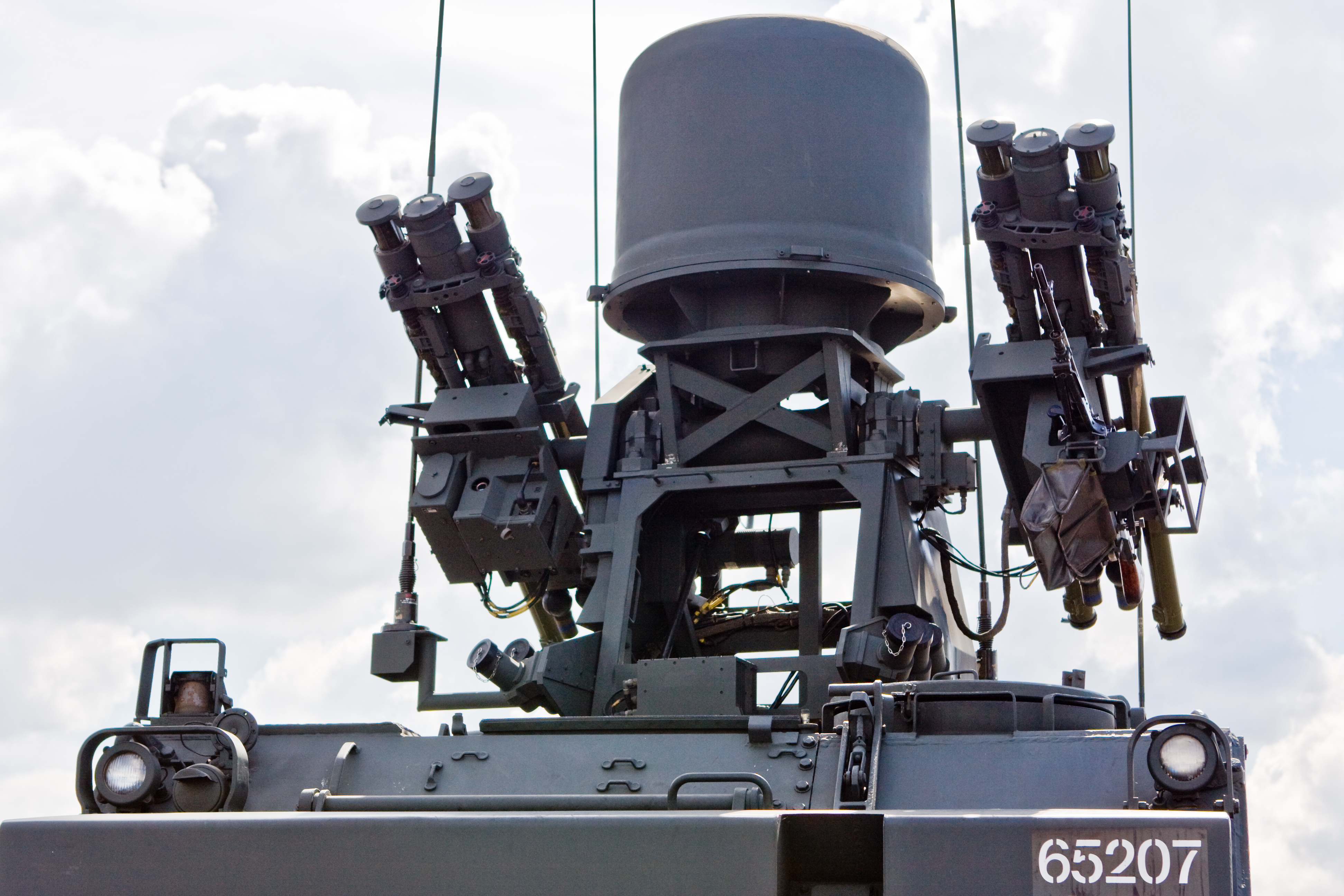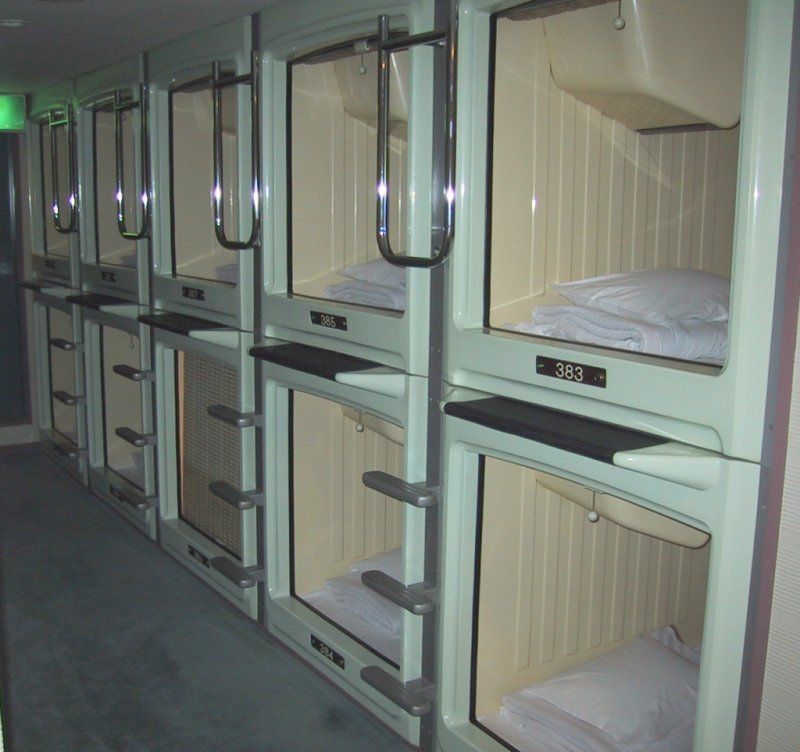
Alright, listen up, because I’ve got a story to tell you about an absolutely unique travel experience that’s quintessential Japan: staying in a capsule hotel. For years, I’d seen the photos, read the breathless accounts, and watched the viral videos about these incredibly compact sleeping pods. I was utterly fascinated by the idea of spending a night in what looked like something out of a sci-fi movie, nestled amidst rows of other travelers in their own little cocoons. It’s truly a bucket-list item for anyone seeking something beyond the ordinary on their Japanese adventure.
Before diving headfirst into my own experience, I wanted to understand what exactly makes these places tick. Are they just glorified bunk beds? Are they claustrophobic nightmares? Or are they, as many claim, a brilliant example of Japanese ingenuity in optimizing urban space? I was about to find out, ready to embrace the minimalist lifestyle, even if just for a night or two. My curiosity was piqued, and I was genuinely excited to see if the reality lived up to the futuristic hype.
So, if you’ve ever wondered what it’s really like to slide into one of these tiny sleeping pods, or if you’re planning your own trip to Japan and considering a capsule hotel stay, you’ve come to the right place. I’m going to pull back the curtain on this distinct form of lodging, sharing all the ins and outs, the highs and lows, and everything you need to know to make your own pod experience as smooth and memorable as mine. Let’s peel back the layers of this fascinating accommodation trend, one compact space at a time.
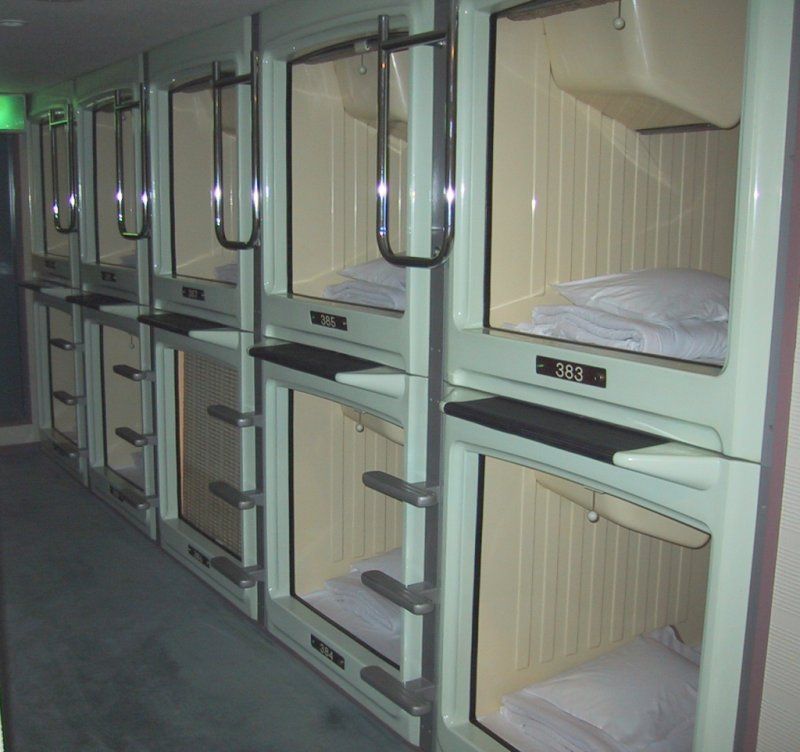
1. **The Quintessential Japanese Capsule Hotel Experience: What it is.**
Let’s start with the basics, because if you’re like me, you probably have a mental image of a capsule hotel, but the reality is even more fascinating. At its core, a capsule hotel is a type of accommodation that’s made up of rows and rows of compact, self-contained “capsules.” These minimalist, bed-sized spaces are designed to give guests a private, albeit small, place to sleep. But it’s not just about the sleeping area; these hotels also offer access to communal facilities, such as clean toilets and showers, creating a unique blend of privacy and shared living.
What truly sets them apart, beyond their space-saving design, is the incredible variety you can find. I’ve seen some that are inspired by sci-fi fantasies, with futuristic pods that look like they belong on a space station. Then there are others that are more elegant and upmarket, offering sleek sleeping cabins that exude a surprisingly luxurious feel. Honestly, a stay in one of Japan’s capsule hotels is an experience that genuinely shouldn’t be missed, whether you’re a budget traveler or just looking for something truly different.
They are often described as a quintessentially Japanese travel experience, and I can totally see why. They are known for being cost-effective and incredibly convenient, often popping up near train stations in major cities. While traditionally geared more towards businessmen needing a cheap place to crash after missing the last train, they have really blossomed into a major attraction for foreign visitors, leading to a new wave of modern capsule hotels. This surge in popularity has brought with it a significant increase in quality, so you can generally expect them to be just as clean, safe, and pleasant as any other hotel.
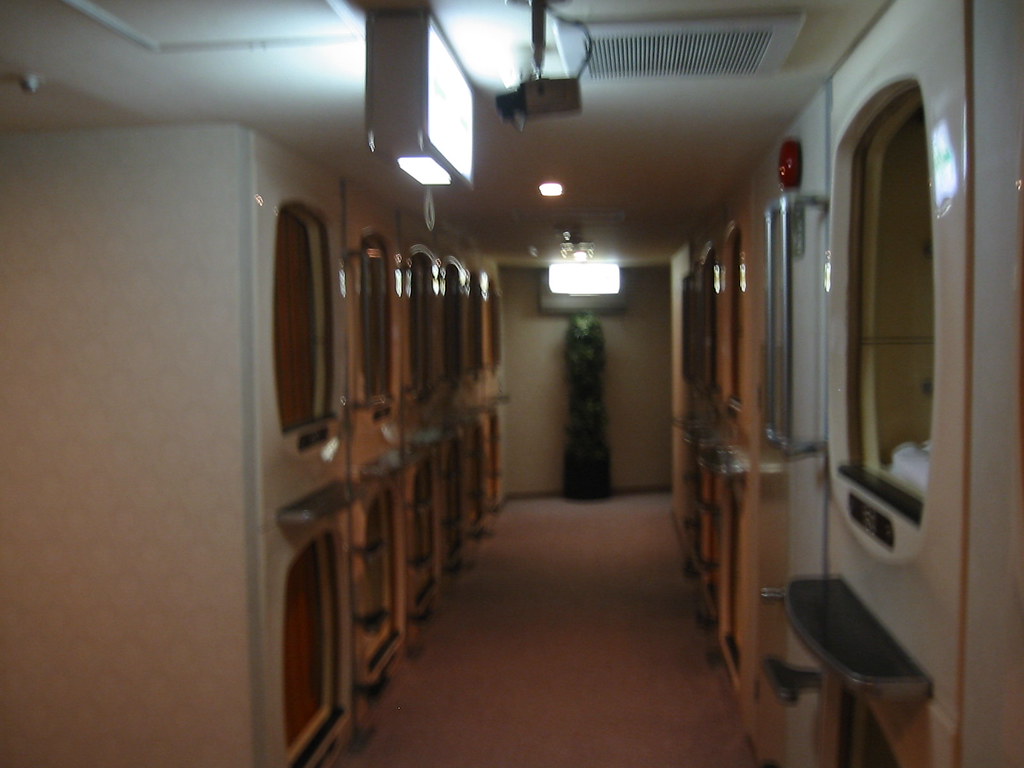
2. **A Step Back in Time: The Fascinating History of Capsule Hotels.**
It’s pretty cool to think about how something so modern and functional came to be, isn’t it? The world’s first capsule hotel, the Capsule Inn Osaka, actually opened its doors way back on February 1, 1979, in Osaka’s lively Umeda district. This groundbreaking establishment was the brainchild of Kisho Kurokawa, one of Japan’s most influential architects and a key figure in the Metabolist Movement. His vision was all about fusing megastructures with natural biological growth, and the capsule hotel was a brilliant manifestation of this philosophy, focusing on the optimization of urban space.
This innovative project emerged during a period of enormous growth in Japan, following post-war reconstruction and booming towards the infamous bubble economy. Land and space in major cities like Tokyo and Osaka were at a premium due to rapid expansion and inflating real estate prices. Traditional hotels found it incredibly difficult to secure prime locations around transportation and business hubs. Kurokawa’s ultra-compact capsule hotel offered a simple, ingenious solution: downsize everything. It was able to pack in guests right by train stations, business centers, and entertainment districts without demanding a fortune for land.
The success of Capsule Inn Osaka was undeniable, leading to the format being replicated throughout Japan. Its popularity eventually even spread overseas, with capsule hotels now found in China (since 2012), Europe, and even the United States. This global expansion truly testifies to the worldwide interest in this minimalist, functional accommodation concept. The original Capsule Inn Osaka, by the way, still operates today, boasting a spa, sauna, breakfast services, and free Wi-Fi, showing just how enduring this concept has proven to be.
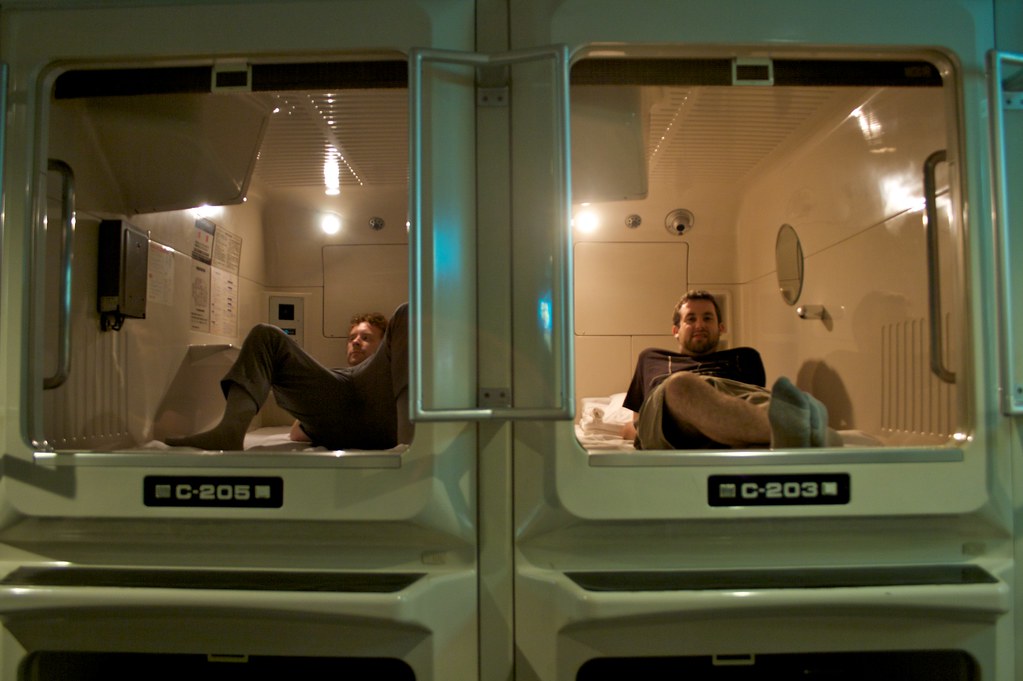
3. **Your Private Cocoon: What to Expect Inside a Capsule Pod.**
When you first imagine your capsule, you might wonder just how much space you’ll actually get. Well, the configuration of capsule hotels is truly unique, and the pods themselves are surprisingly well-thought-out. Each capsule, typically made of plastic or fiberglass, generally measures around 2 meters long, 1 meter wide, and 1.25 meters high. These dimensions are meticulously calculated to provide just enough space for a person to lie down comfortably and even sit up in their capsule. It’s a masterclass in space optimization, perfectly illustrating Japanese ingenuity in making the most of every available centimeter.
Inside your little personal cocoon, you’ll find that basic amenities are standard, ensuring a good night’s sleep. A futon or comfortable mattress is already laid out, ready for you to hit the hay instantly. You can expect a small TV, a reading lamp, a radio, and an alarm clock. Many modern establishments have also wisely included an electrical outlet and Wi-Fi connection, which are absolute lifesavers for staying connected and charging your devices as a modern traveler.
One crucial thing to note, and something that often surprises first-timers, is the privacy aspect. For security reasons, capsules are typically not fitted with lockable doors. Instead, you’ll usually find a curtain or a blind that you can pull across to give you a sense of privacy. This closure can vary in security from a flimsy curtain to something more substantial. The pods are also generally arranged in rows and stacked on two levels, with a ladder or step providing access to the upper capsules. While not overly strenuous, it’s something to consider for your flexibility and fitness, especially if you get assigned an upper pod!
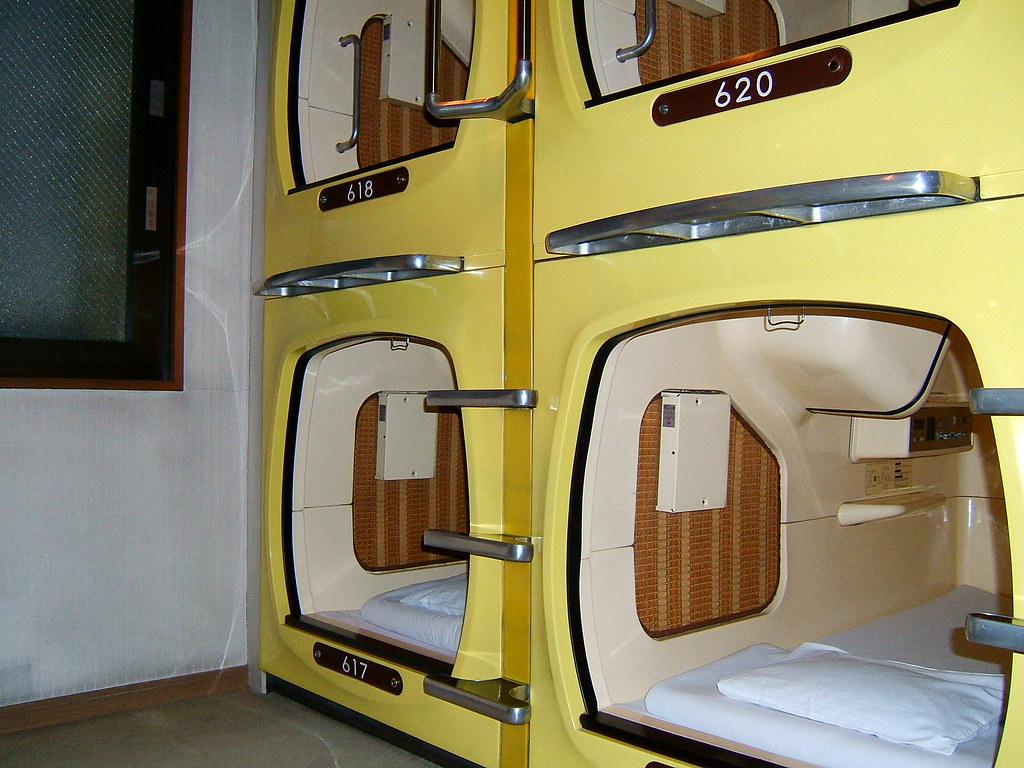
4. **Beyond the Pod: Unpacking Communal Facilities and Amenities.**
While your capsule is your private sleeping space, the true social and practical hub of a capsule hotel often lies in its communal facilities. These shared areas are an integral part of the experience, offering everything you need to relax and freshen up. One of the most distinctive features is the presence of communal washrooms, which are often inspired by traditional *sento* (Japanese public baths). These spaces are always impeccably clean and typically include showers, toilets, and sometimes even communal baths or saunas, providing a truly relaxing experience after a long day of sightseeing or work.
To compensate for the limited space within your capsule, most establishments offer secure lockers where guests can store their luggage. Upon arrival, you’ll usually receive a number corresponding to both your capsule and your locker, giving you peace of mind about your valuables. I found it quite charming that some hotels even go the extra mile by providing a *yukata* (a light kimono) and slippers, reminiscent of the services you’d find in traditional *ryokans*. It really adds to the authentic Japanese feel of the stay.
Beyond the essential facilities, communal areas are designed with guest comfort and convenience in mind. You’ll often find inviting lounges equipped with TVs, perfect for unwinding. Vending machines offering a range of drinks and snacks are almost a given, and some hotels even feature their own restaurants or cafeterias for more substantial meals. The newer, more modern capsule hotels are really pushing the envelope, sometimes offering additional amenities like gyms, coworking spaces, or libraries, much like the Book and Bed establishments, where you can literally sleep surrounded by books. Some chains, like Nine Hours, even offer packages to rent a capsule just for a daytime nap, which is incredibly useful for travelers in transit.
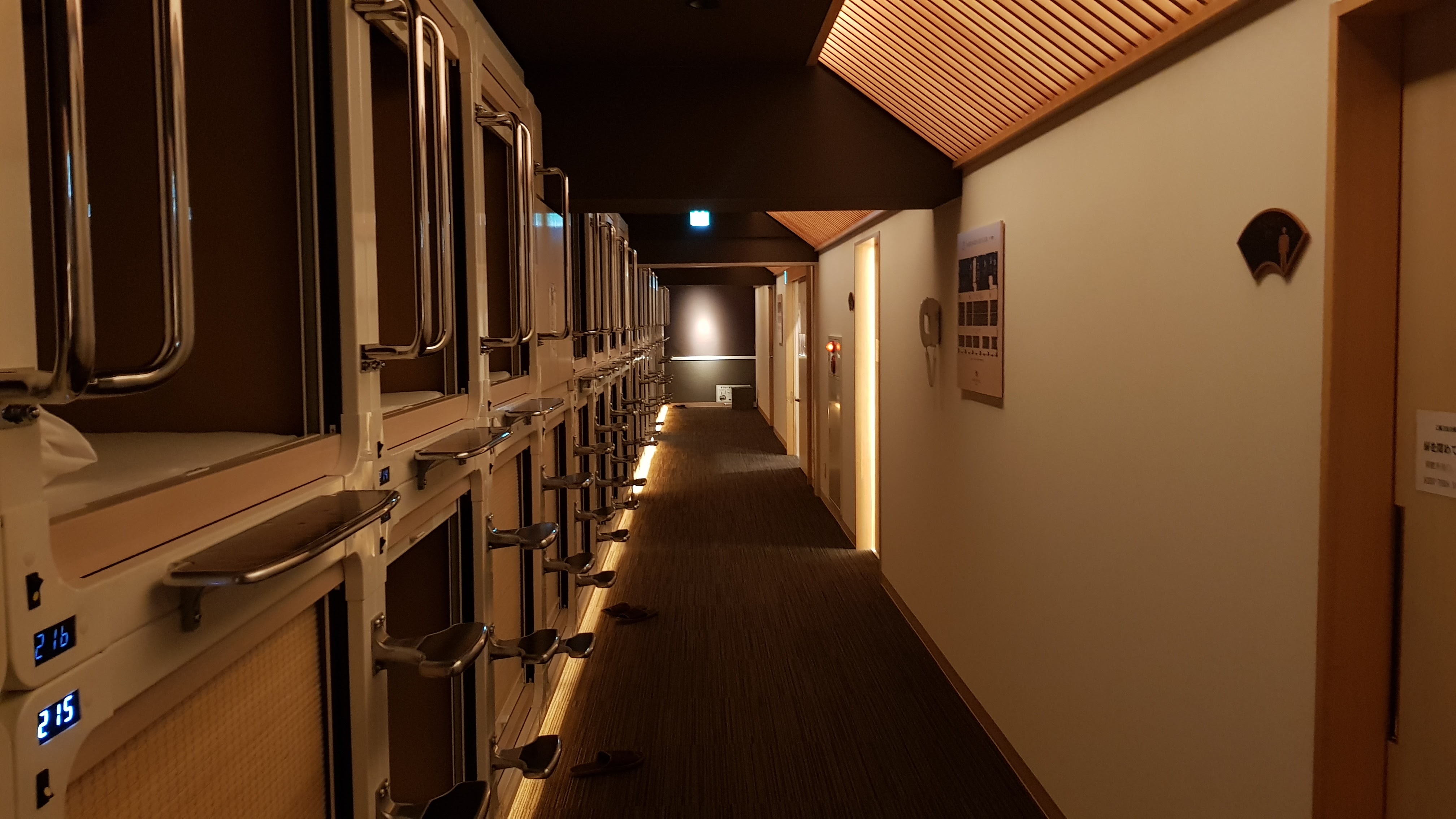
5. **Navigating the Unwritten Rules: Essential Capsule Hotel Etiquette.**
Staying in a capsule hotel is a unique experience, and like any distinctive cultural setting, it comes with its own set of unwritten rules and etiquette. Being mindful of these is absolutely key for the comfort of other guests and to ensure everyone has a pleasant stay. The most important rule, which I quickly realized, is to keep the noise down. This means using headphones if you’re watching TV or listening to music in your pod, and being incredibly careful with your morning alarm. Some capsules even have light alarms designed to wake you naturally and silently, which is a fantastic innovation for maintaining peace.
Another big one is related to food. It’s considered considerate to avoid eating food that has a strong aroma inside your capsule. In fact, many hotels strictly prohibit food of any kind inside their pods, directing guests to shared lounge areas for meals and snacks. While you’ll definitely want to take pictures to document your stay—those pods are practically crying out to be Instagrammed, after all—you need to be super mindful of other guests. This means both keeping them out of your shots and not disturbing them with your camera’s shutter noise. The hotel will usually give you an overview of its specific rules when you check in, so if in doubt, just follow those.
It really boils down to understanding the shared nature of the accommodation. If you’re looking to meet other travelers, chat, and have a drink, the lounge areas are explicitly designed for that. The capsule itself is your private sleeping sanctuary, and everyone respects that quiet space. It’s a balance between shared community in the lounges and quiet solitude in the pods. By adhering to these simple etiquette rules, you’re ensuring a harmonious environment for all, making your own stay, and that of your fellow podmates, much more enjoyable.
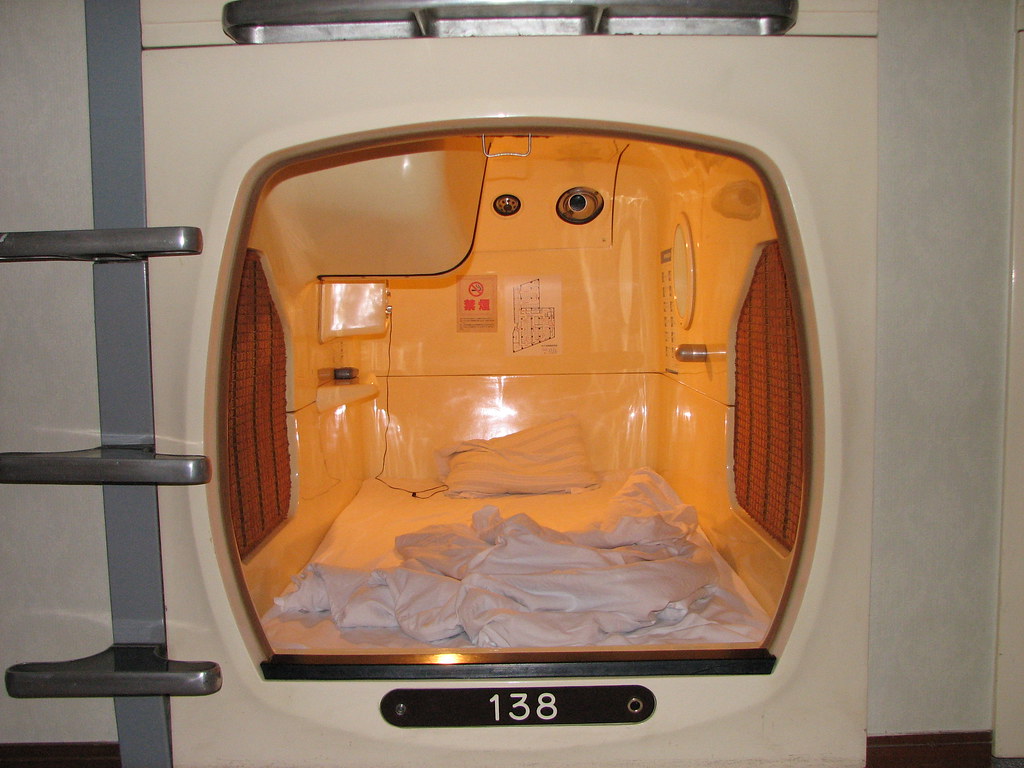
6. **The Price Tag: Is a Capsule Hotel Really Budget-Friendly?**
For many travelers, one of the major selling points of capsule hotels, myself included, is undeniably the price tag. They are usually significantly cheaper than a regular hotel, and when you’re spending most of your time out exploring the incredible sights and sounds of Japan, you may well find you don’t miss the extra room all that much. On average, you can expect a night to cost between 2,000 and 7,000 yen (which is roughly 16 to 58 euros). This affordability makes them a much more economical option compared to traditional hotels in Japan’s major cities, especially when you’re on a budget.
To put it into perspective, a “business hotel” which offers a basic en-suite room and standard amenities might cost you between 6,000 and 10,000 yen a night. So, while capsule hotels are cheap, they’re not ridiculously cheap, and prices can be higher during peak tourist seasons. If you value personal space and total privacy, a slightly larger, lockable room at one of these equally ubiquitous establishments might be worth the extra cost. Other budget-friendly alternatives include guesthouses and hostels, which are often less formal and aimed at travelers looking to mingle. And if you’ve just missed the last train, a manga cafe might even be a cheaper spot to crash for the night!
This affordability largely explains their immense popularity, not just with Japanese business travelers but also with foreign tourists on a budget. Beyond the cost, their strategic location is a huge advantage. They are generally situated in prime areas, often close to train stations, business districts, or bustling tourist spots. This privileged placement allows guests to get around easily and reach major points of interest quickly, which is a significant plus for travelers who are on the go or, like those early salarymen, who have missed their last train and need somewhere convenient to stay.
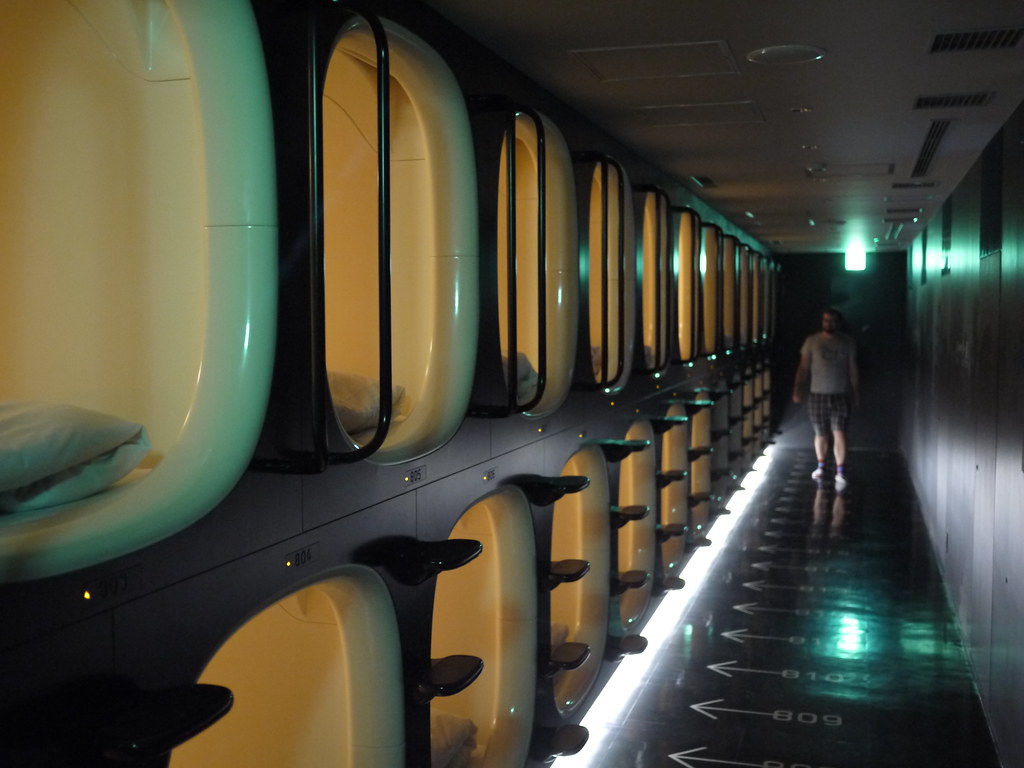
7. **Checking In: Your First Steps into the World of Pod Living.**
My first experience checking into a capsule hotel was an interesting blend of familiar hotel procedures and distinctly Japanese customs. While it’s possible to just show up without a booking, capsule hotels are quite popular and can fill up fast, so I’d definitely recommend securing your pod beforehand. The process itself is pretty straightforward, much like any other hotel. You’ll approach the reception desk upon arrival, where you’ll be asked to fill in a form with your personal details like your name and nationality. After that, you’ll pay and be allocated a numbered capsule, ready to begin your unique stay.
One thing that immediately stood out was the handling of luggage. If you have a large suitcase or bulky luggage, you may be able to hand it over to the reception staff, who will take care of it during your stay, as it won’t fit inside your pod. You’ll also receive a locker key to keep your valuables safe in a dedicated locker space elsewhere in the hotel. Many hotels provide a pair of indoor clothes, slippers, and other amenities, along with a keycard to access your designated floor. A common and respectful practice, which you should look out for, is the requirement for guests to take their shoes off and change into slippers after checking in. You’ll usually find shoe lockers near the entrance before stepping into the sleeping quarters.
Once you’ve settled in and stored your belongings, the hotel encourages you to unwind and make use of the facilities. You can take a refreshing shower or bath, relax in the communal lounge, perhaps read a book or manga from a small library, or even watch TV. Many hotels also offer massages or other services to help you replenish yourself. Most capsule hotels provide essential toiletries like soap, shampoo, toothbrushes, towels, and hairdryers, so you can freshen up before your next move. And, of course, you can always connect to the Wi-Fi to plan your trip further or even get some work done if you’re visiting for business. Alternatively, you can always hit the town, as most capsule hotels are conveniently centered around vibrant entertainment districts, just remember to double-check if the front door locks after a certain hour!
Alright, so after getting a handle on the fundamentals, the history, and the nitty-gritty of checking in, let’s dive deeper into the daily rhythm of life inside a capsule hotel. It’s a fascinating blend of shared spaces and private moments, and there are a few things that truly define the flow of a typical stay, especially when you’re navigating it for the first time. Understanding this daily dance can really enhance your experience and help you make the most of your time in Japan.
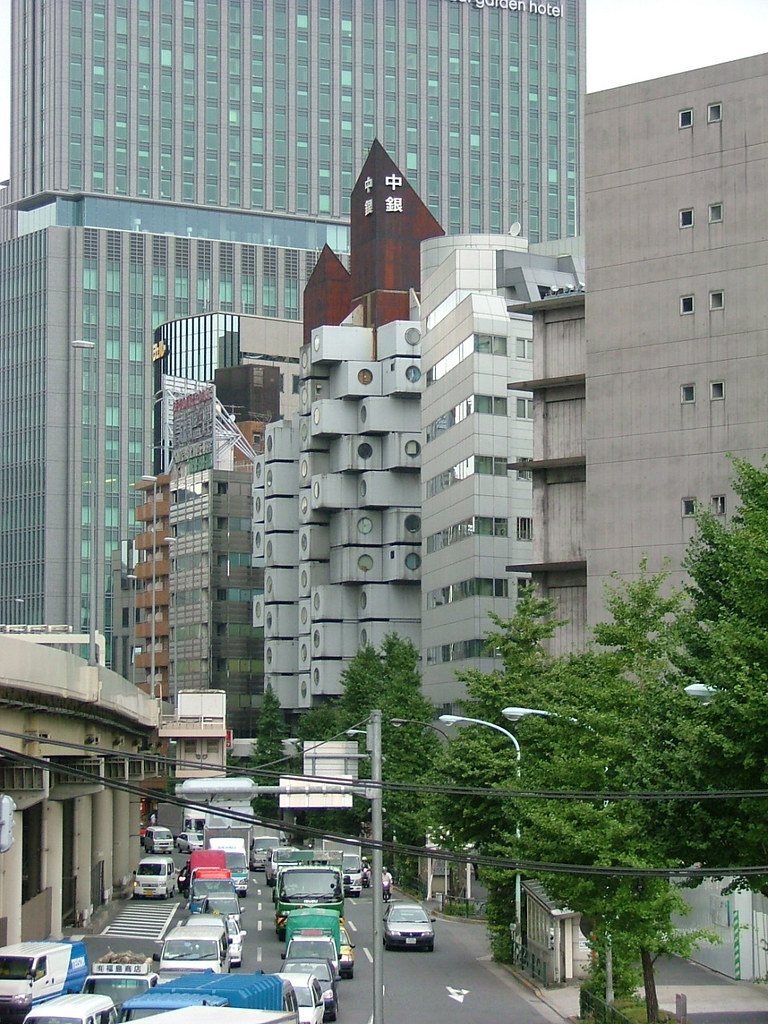
8. **Navigating the Daily Rhythm of Capsule Hotel Life.**
When the morning light (or a very gentle light alarm, if you’re lucky enough to have one!) starts to peek into your capsule, the daily routine begins. Unlike a traditional hotel where you might linger in your room, a capsule hotel encourages you to make use of the communal areas. You’ll head to the shared washrooms for your morning routine, where you’ll find impeccably clean facilities, often equipped with toiletries like soap, shampoo, and toothbrushes, much like a traditional *ryokan*.
After freshening up, many guests grab breakfast, either at an on-site cafeteria if the hotel has one, or from a nearby convenience store. This is often done in the communal lounge, where you might see other ‘podmates’ starting their day. One important thing I quickly learned is that even if you’re planning to stay for multiple nights, most capsule hotels require guests to check out and leave during the day before re-checking in from the afternoon. This means you can’t just hang out in your pod all day, which makes sense given the space optimization.
Don’t worry about your luggage during this daytime hiatus. You can usually leave your larger bags at reception, giving you the freedom to explore the city unburdened. When you return in the evening, you might unwind in the lounge, catch up on some work in a co-working space if available, or take a relaxing soak in a communal bath or sauna, which many establishments offer. It’s all about a smooth transition from city exploration to quiet relaxation before slipping back into your pod for the night.
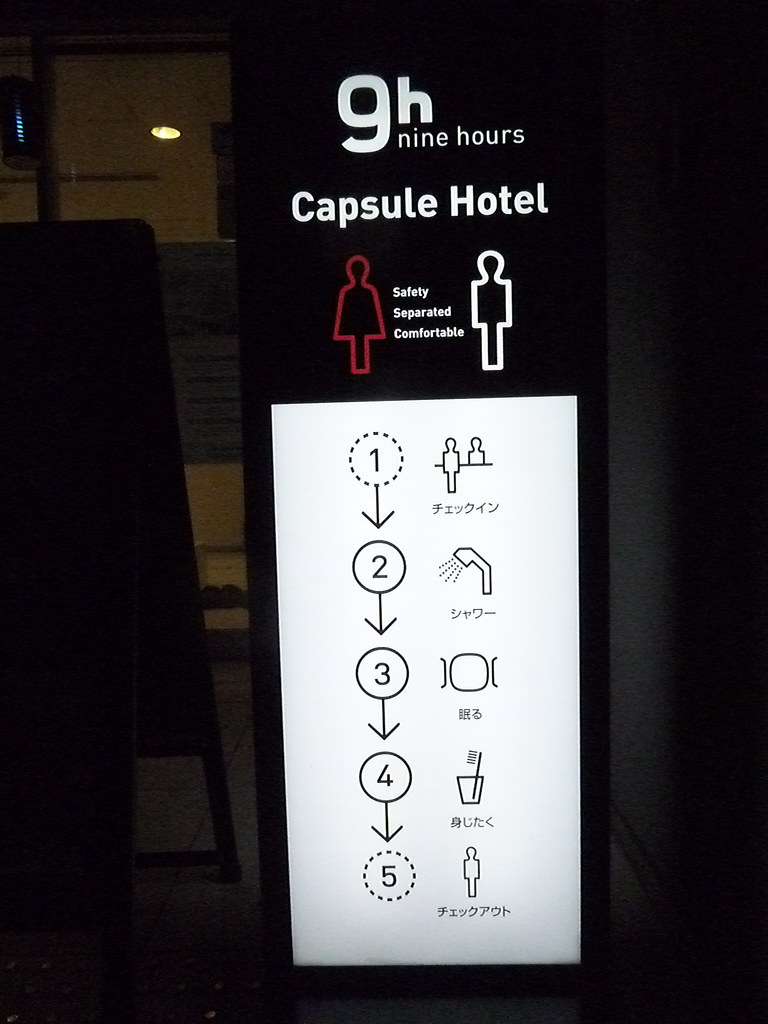
9. **Practical Tips for Booking Your Ideal Pod.**
So, you’re convinced and ready to book your own capsule adventure? Fantastic! While it’s tempting to just show up, I can tell you that securing your pod beforehand is definitely the way to go, especially since these places are quite popular and can fill up quickly. Many newer hotels, thankfully, make it super easy to book in English online, often through their own websites or international booking platforms. When you’re searching, always check the neighborhood – you’ll want to be close to train stations or the sightseeing spots you plan to hit.
A crucial consideration, especially if you’re a female solo traveler like me, is the gender setup. Traditionally, many capsule hotels were male-only, but times have changed! You’ll now find plenty of mixed-gender hotels that separate male and female guests by room or even by floor, often with secure keycard access. Even better, some hotels are exclusively for women, like the Nadeshiko Hotel Shibuya, which is a fantastic option if you prioritize feeling completely safe and comfortable.
Also, be aware of the ‘fine print’ when booking. Some hotels have age restrictions, often not admitting young children. If you’re traveling as a couple or family, it’s generally uncommon to stay together in the same capsule, as most are single-occupancy. While a few newer places are starting to offer larger pods with double beds, it’s best to confirm this directly. Always check what amenities are included and pay attention to details like opening hours or if the front door locks after a certain time, particularly if you plan late nights out.
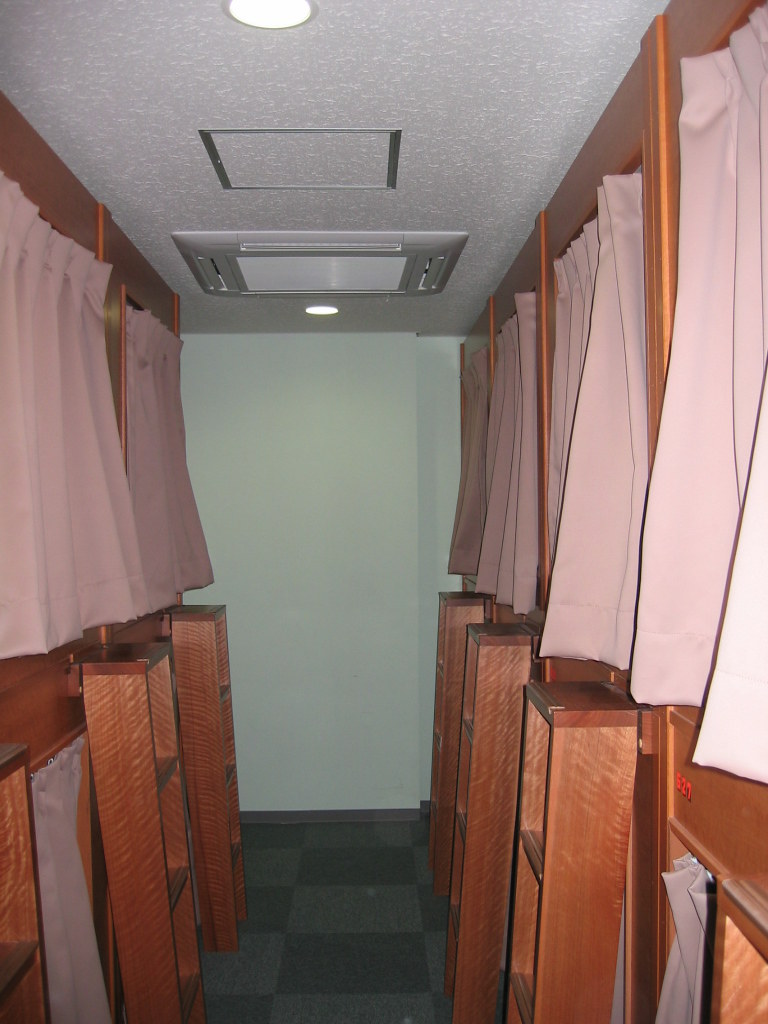
10. **Crucial Considerations for a Smooth Stay.**
Stepping into the world of capsule hotels means embracing a unique set of norms, and being aware of these ‘unwritten rules’ will make your stay (and everyone else’s) much smoother. The absolute golden rule, which I quickly realized, is to keep the noise down. These pods aren’t soundproof, even with a curtain or door, so that means using headphones if you’re watching TV or listening to music. And for your morning wake-up, be incredibly mindful of your alarm – some capsules even have light alarms designed for a silent wake, which is a brilliant innovation.
Another big one, and something many hotels strictly prohibit, is eating food with a strong aroma inside your capsule. Seriously, no smelly snacks in your pod! Most establishments will direct you to shared lounge areas for any meals or snacks. This helps maintain a clean and pleasant environment for everyone. Upon check-in, the hotel will usually give you an overview of its specific rules, so if you’re ever in doubt, just follow their lead.
It’s also worth noting the social dynamic. If you’re looking to meet other travelers, chat, and have a drink, the lounge areas are explicitly designed for that. Your capsule, however, is considered your private sleeping sanctuary, and everyone respects that quiet space. It’s a balance between shared community in the lounges and quiet solitude in the pods. And while you’ll want to snap those Instagram-worthy photos, remember to be mindful of other guests, keeping them out of your shots and avoiding disturbing them with camera noises. Also, be aware that some hotels do not allow guests with tattoos, which is a traditional Japanese custom you might encounter.
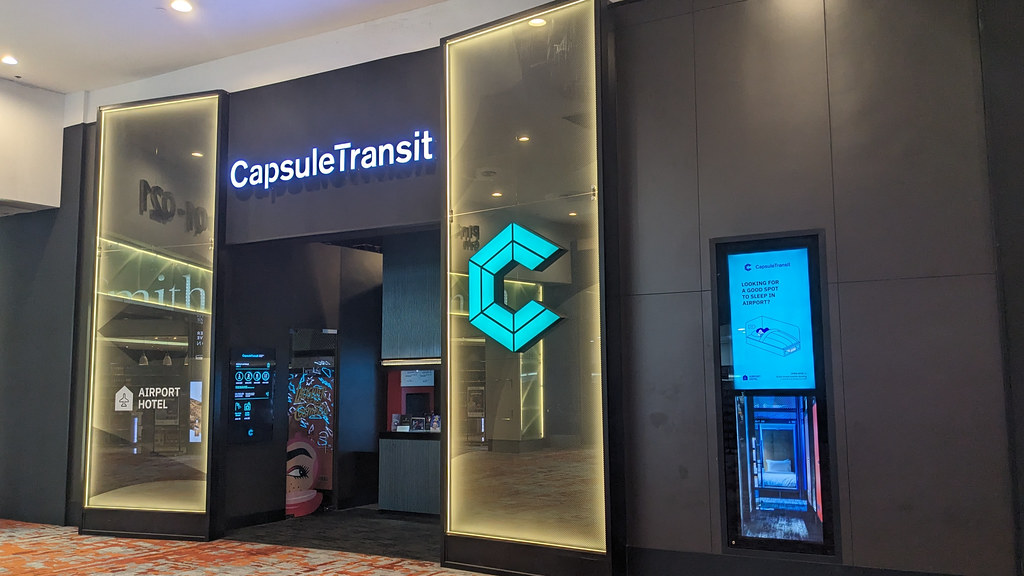
11. **Nine Hours: A Futuristic Dream for Sleep Wellness.**
If you’re after a capsule hotel experience that feels like you’ve stepped onto a spaceship, then Nine Hours is an absolute must-try. This chain is famous for its distinctly futuristic look, boasting an almost dystopian, monochrome design that truly makes the pods look at home on a space station. It’s not just about aesthetics, though; Nine Hours focuses intensely on ‘sleep wellness,’ aiming to provide an optimized environment for restful slumber, which I found incredibly intriguing.
Their commitment to sleep is evident in their innovative lighting system, which automatically adjusts to help you effortlessly drift off to sleep and then wake up naturally. It’s a subtle touch, but it makes a real difference in how refreshed you feel. You’ll find Nine Hours locations conveniently positioned by major transport hubs, like Narita International Airport and Shinjuku Station, making them a superb choice for travelers in transit or those needing a quick, efficient rest.
Beyond the sleek, cocoon-like capsules, Nine Hours offers practical facilities designed for a seamless stay. They provide private showers with amenities, ensuring you can freshen up comfortably. Some locations also include cafes and workspaces, which is a huge plus for modern travelers or digital nomads who need to stay productive on the go. It truly feels like a blend of minimalist design, cutting-edge technology, and thoughtful functionality, all geared towards a perfect night’s sleep.
Product on Amazon: Crucial Pro 32GB DDR5 RAM Kit (2x16GB),CL36 6000MHz, Overclocking Desktop Gaming Memory, Intel XMP 3.0 & AMD Expo Compatible, Black – CP2K16G60C36U5B
Brand: Crucial
Binding: Personal Computers Product Group: Personal Computer
Price: 84.99 USD
Rating: 4.8 Total reviews: 3015
Shopping on Amazon >>
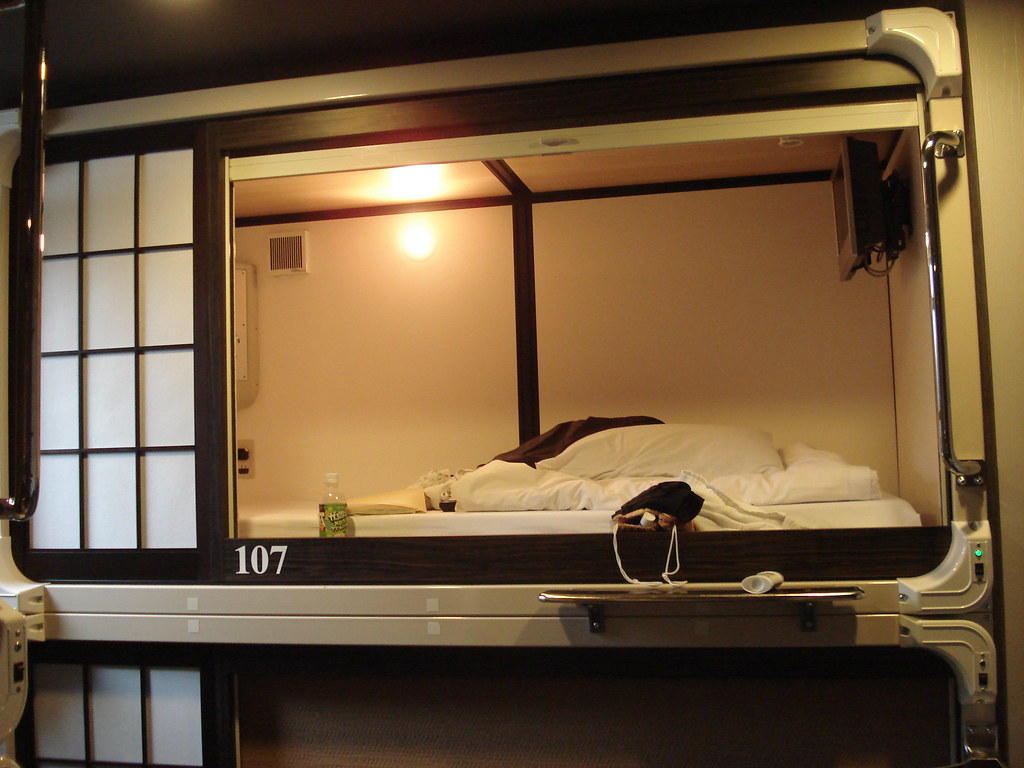
12. **The Millennials Kyoto: Redefining Capsule Comfort.**
For those who might be a little hesitant about the traditional, more compact capsule experience, The Millennials Kyoto offers a refreshing step up. This stylish capsule hotel, nestled right in the heart of Kyoto, redefines what a pod can be. Unlike standard pods, The Millennials provides ‘cozy bed spaces with enough room to stand in,’ which is a game-changer if you crave just a bit more personal space and aren’t keen on crawling into your bed.
But it’s not just about the larger pods; The Millennials is designed with the modern traveler in mind. You’ll find a sleek, contemporary lounge area that’s perfect for unwinding. What truly sets it apart, though, are its co-working spaces, complete with meeting rooms and phone booths. This makes it an ideal spot if you’re a digital nomad or simply need to stay productive while exploring Japan, blending leisure with functionality seamlessly.
Beyond its innovative design and amenities, The Millennials boasts an excellent location. Situated conveniently near Gion Shijo Station, it offers easy access to explore Kyoto’s enchanting streets. Plus, popular attractions like Shoren-in Temple and Heian Shrine are just a short walk away, meaning you’ll never run out of things to see and do. And for that extra touch of luxury, the hotel even offers a sauna, making it an all-around fantastic choice for comfort, convenience, and a truly elevated capsule experience.
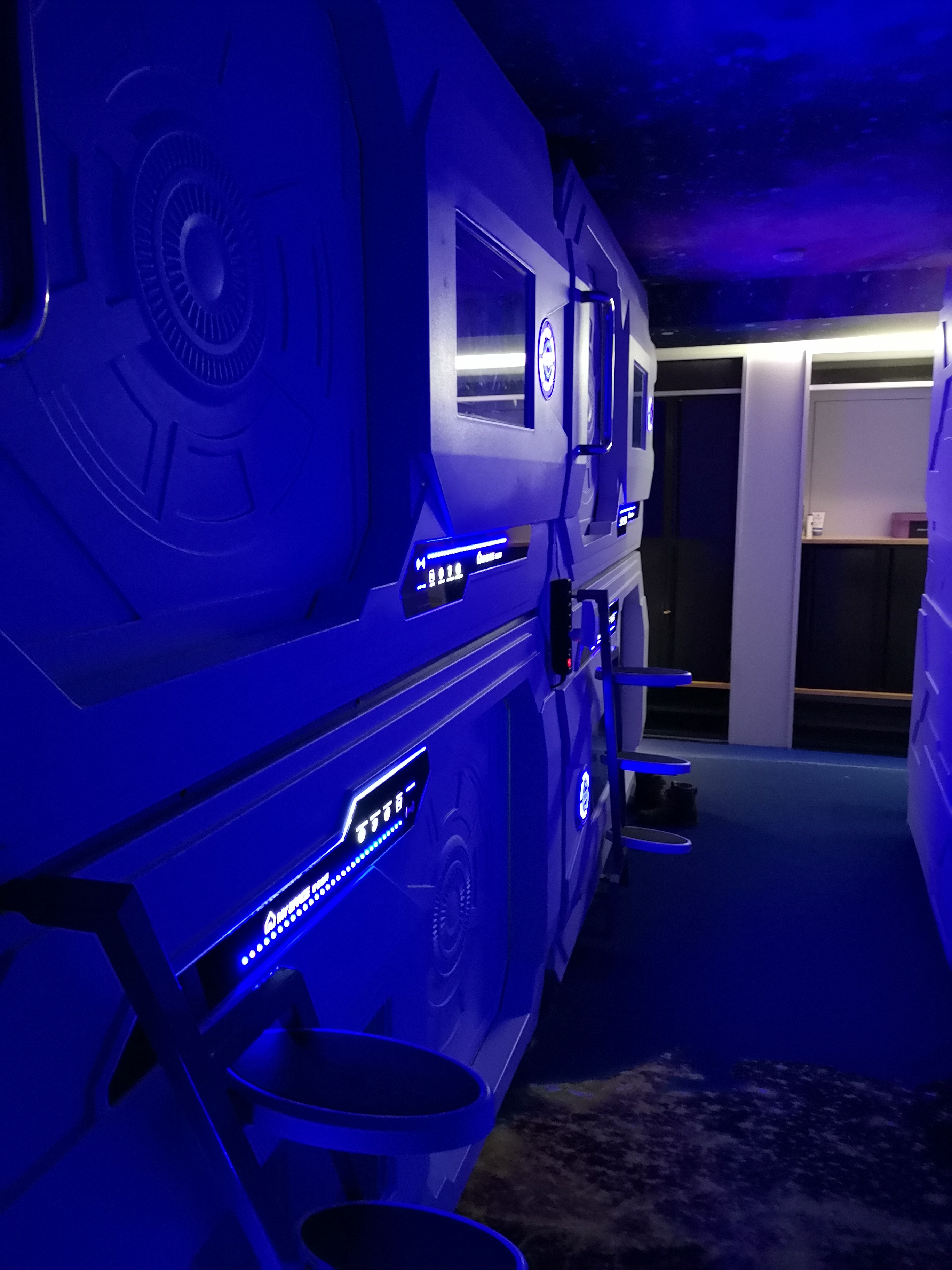
13. **Book & Bed: Literary Dreams Come True.**
If your idea of a perfect getaway involves getting lost in a good book, then prepare to have your mind blown by Book & Bed. This book-themed capsule hotel is an absolute dream for bibliophiles, offering the chance to sleep in a bookshelf. Yes, you read that right – your sleeping pod is nestled directly within a massive bookshelf, surrounded by stories waiting to be discovered. It’s a concept that’s been highly publicized in international media, and for good reason!
As you might expect, the star attraction here is the sheer volume of reading material. The hotel boasts thousands of Japanese and English language books that you can peruse at your leisure, day or night. Imagine curling up with a new novel just steps away from your bed, or discovering a hidden gem before drifting off to sleep. It transforms the act of staying in a hotel into an immersive literary adventure.
Despite its unique, quirky theme, Book & Bed doesn’t skimp on the essential facilities. You’ll find all the usual amenities you’d expect from a capsule hotel, ensuring a comfortable stay even amidst the literary wonders. It’s a testament to how Japanese innovation can take a simple concept and elevate it into something truly memorable and inviting, making it a bucket-list destination for anyone who loves both travel and reading.
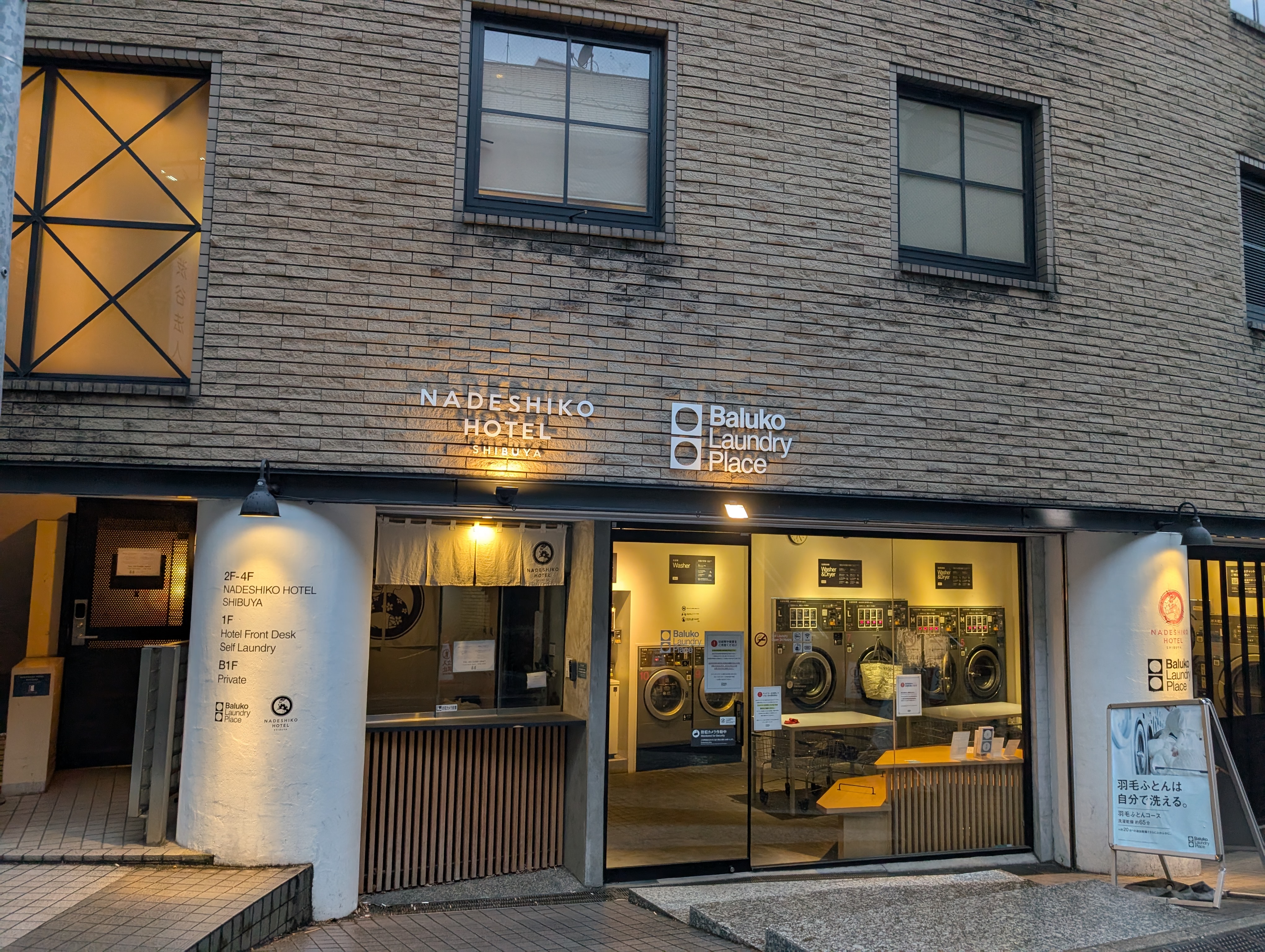
14. **Nadeshiko Hotel Shibuya: An Oasis for Women.**
For female solo travelers seeking a secure and culturally rich capsule hotel experience, Nadeshiko Hotel Shibuya stands out as an exceptional choice. This establishment is exclusively for women, offering a unique blend of modern convenience with traditional Japanese aesthetics. It creates a serene and inviting atmosphere where female guests can feel completely at ease, which is a major plus when you’re navigating a new city on your own.
Nadeshiko goes beyond just providing a safe sleeping space. It’s equipped with a traditional bath, allowing guests to experience the relaxing ritual of Japanese bathing. There’s also a cozy tatami lounge where you can unwind, and they even provide *yukata* (light kimonos) for guests to wear, adding to the authentic cultural immersion. These thoughtful touches elevate the stay from mere accommodation to a genuine Japanese experience.
Thanks to its English-language website and its incredibly convenient Shibuya location, Nadeshiko Hotel is perfectly tailored for overseas tourists. You’ll be right in the heart of one of Tokyo’s most vibrant districts, with easy access to shopping, dining, and entertainment, while still having a peaceful, secure haven to return to. It’s a brilliant example of how capsule hotels have evolved to cater to diverse needs, making unique and authentic Japanese travel accessible and comfortable for everyone.
So, there you have it – a whirlwind tour through the fascinating world of Japanese capsule hotels. From their ingenious design and rich history to the practicalities of daily life and the unique experiences offered by some of the most innovative establishments, I hope my journey has given you a real insider’s perspective. What started as a simple, affordable solution for businessmen has blossomed into a must-try travel experience for visitors from around the globe. If you’re ever in Japan, I genuinely encourage you to ditch the conventional hotel for at least a night and immerse yourself in this truly one-of-a-kind accommodation. You might just find yourself completely charmed by the minimalist comfort and clever efficiency of pod living. It’s an adventure waiting to happen, trust me!”


